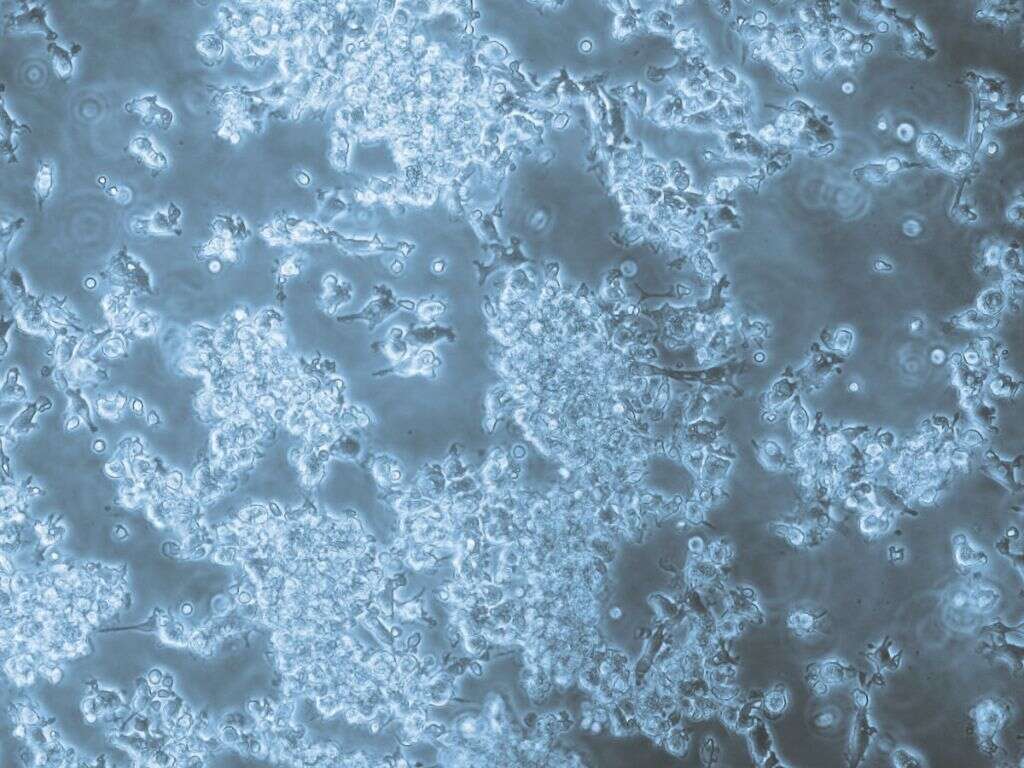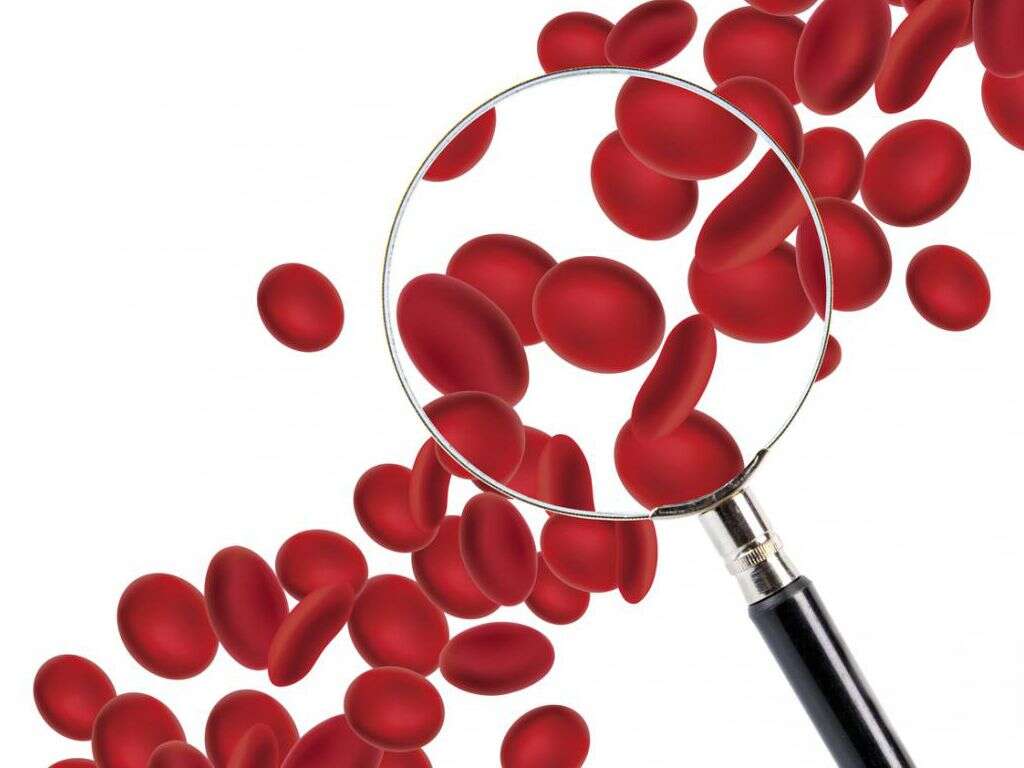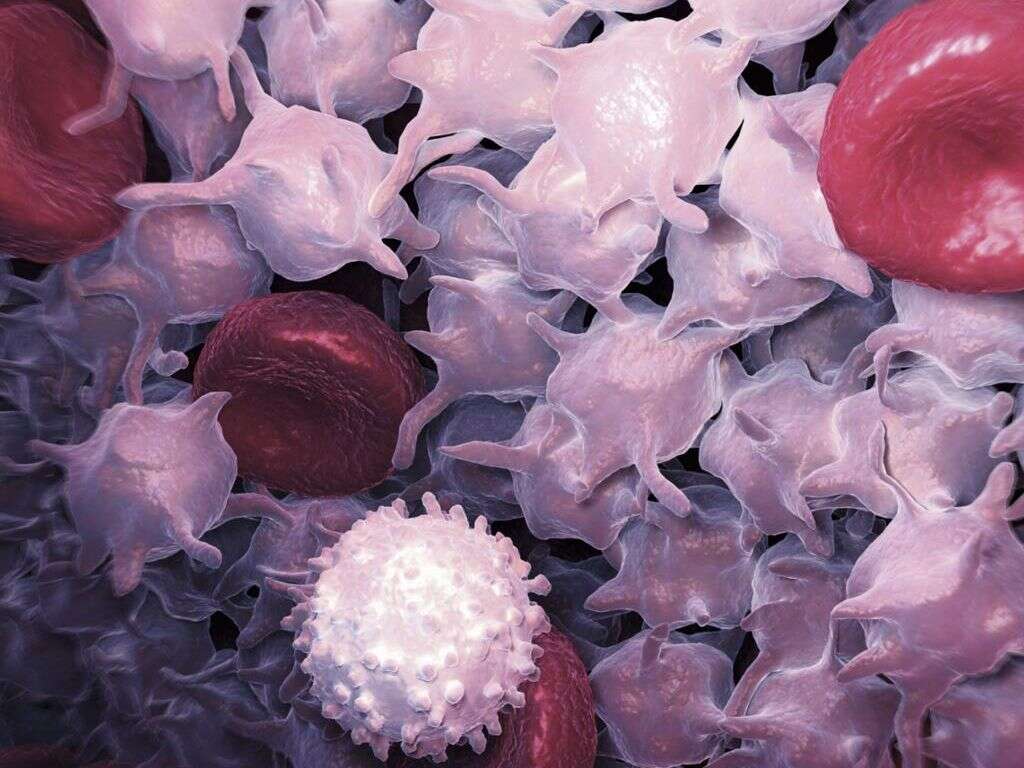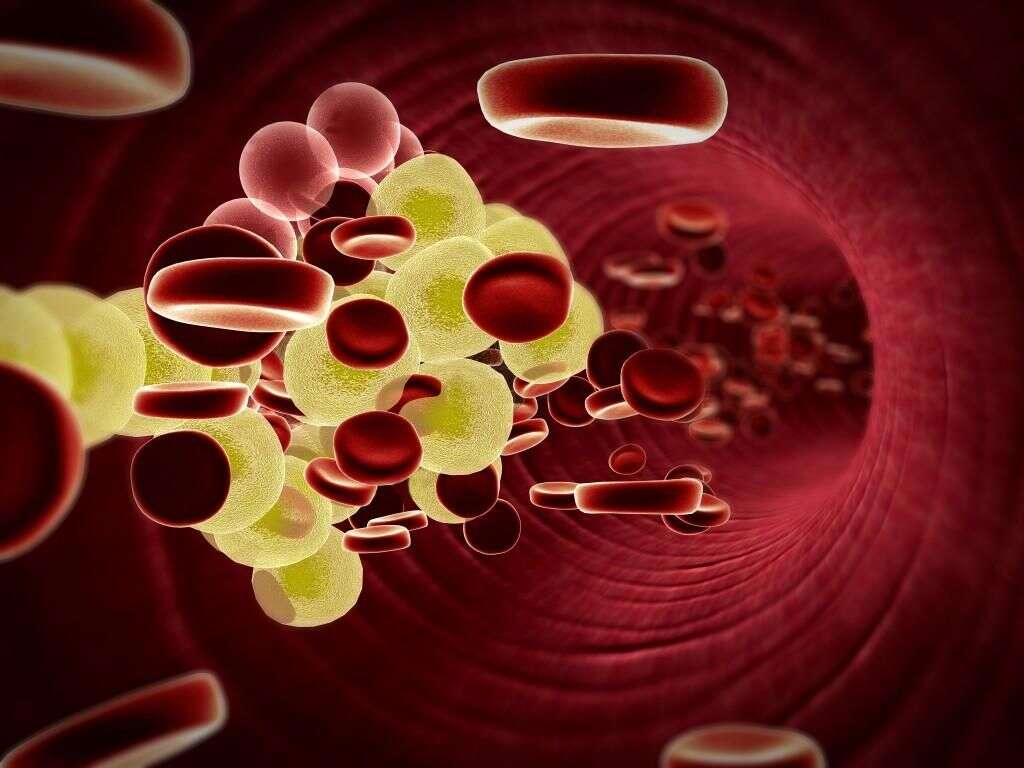What Are Interleukins?
Advertisement
Interleukins (ILs) are a group of secreted signal molecules and proteins (cytokines) that are produced by leukocytes (white blood cells). Based on their distinguishing structural features, interleukins can be classified into four major groups. The immune system is largely dependent on interleukins. There are some rare conditions such as autoimmune or immune deficiency disorders where low or nonexistent numbers of specific interleukins have been described. Most interleukins are produced by helper-T lymphocytes, macrophages, monocytes, and endothelial cells.
The name “interleukin” was adopted in 1979 to replace a variety of names used by different groups. This decision was made during the Second International Lymphokine Workshop in Switzerland. This term is derived from “inter,” which has a definition of “as a means of communication,” while “leukin” means “proteins produced by leukocytes and acting on leukocytes.” However, since then, it has been found that interleukins are produced by various cells.
Advertisement
1. General Function
Interleukins have complex functions including playing a role in cell migration, maturation, proliferation, adhesion, and more. They are also involved in activation and differentiation of immune cells. The exact function depends on the type of interleukin, the producing cell, type of responding cell, and phase of the immune response. Interleukins can also have anti-inflammatory or pro-inflammatory effects. Due to the continual competition in the immune system and pathogens, interleukins have gone through significant evolution. A response can be initiated when the interleukin binds to a receptor function in an autocrine or paracrine function. Since they contribute to the pathophysiology of various disorders and act as mediators in the physiological response, they can be targeted for therapeutical purposes.
Advertisement
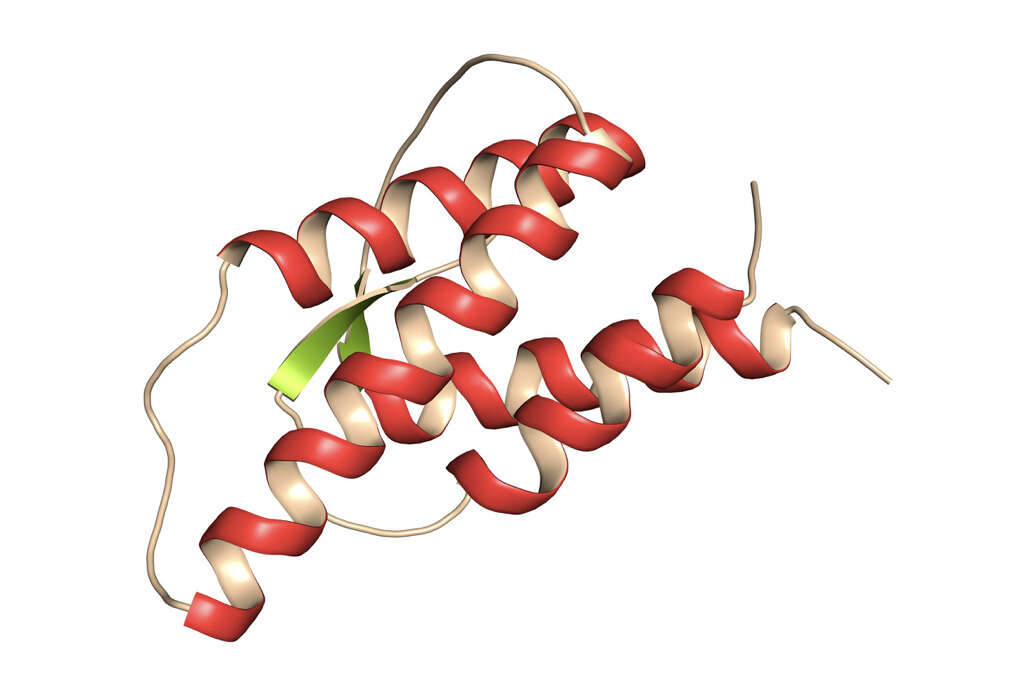
Advertisement



